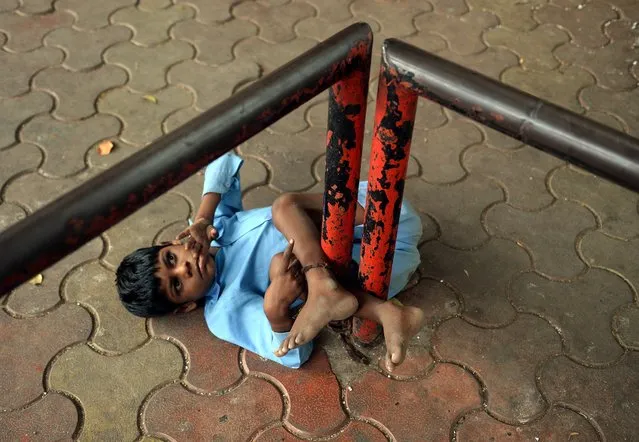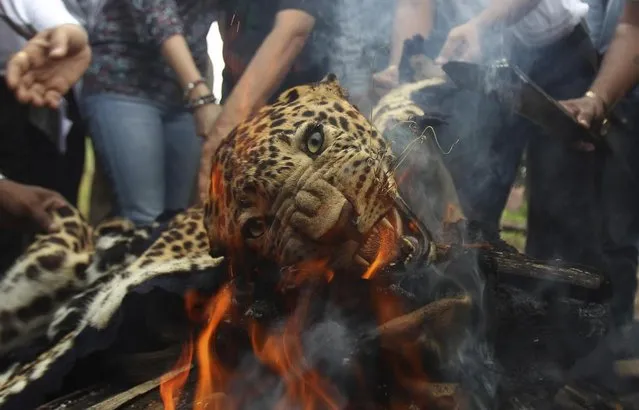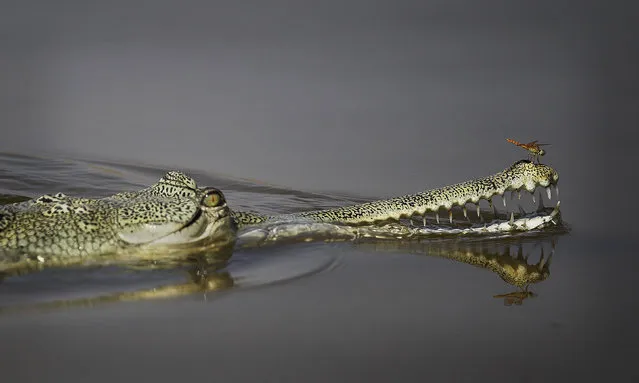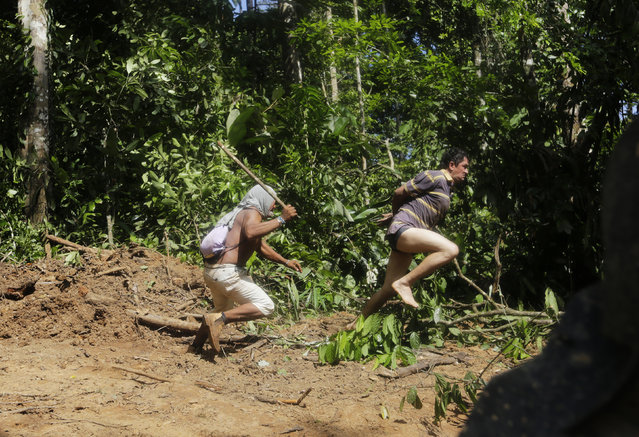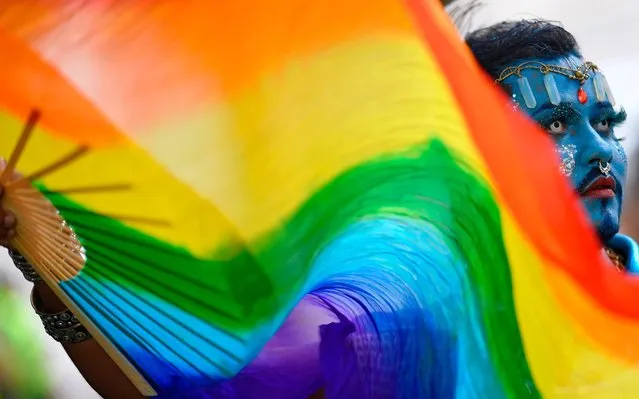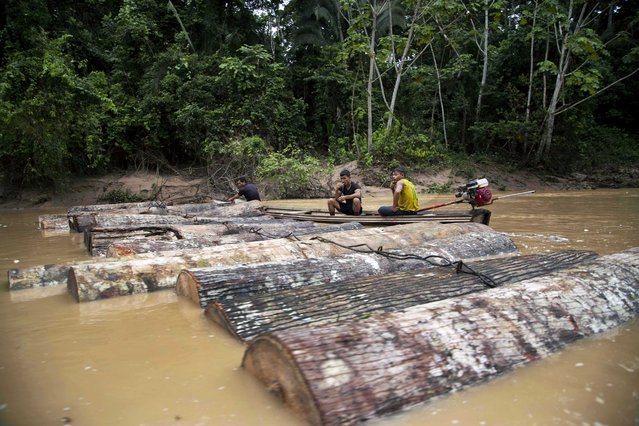
Revelers celebrate the Indian festival of Holi on a boat cruise around part of Manhattan on March 17, 2012 in New York City. During the Hindu festival of Holi, also known as the Festival of Colors, which marks the arrival of spring, participants throw colored powder and water on one another. Many of the New York participants are Indian-American. (Photo by Mario Tama/Getty Images)
18 Mar 2012 09:29:00,post received
0 comments

